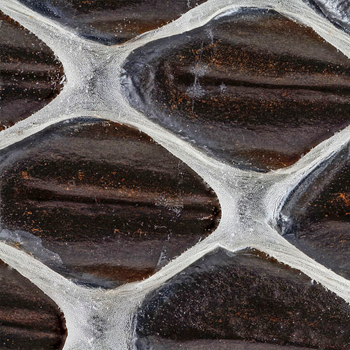How does hydrolysis relate to digestion?
1 Answer
Hydrolysis helps with the absorption of nutrients by breaking down
macromolecules into smaller, more easily absorbable sizes.
Explanation:
Recall the four groups of macromolecules:
#1.# carbohydrates
#2.# lipids
#3.# proteins
#4.# nucleic acids
Hydro- stands for water while -lysis stands for the breaking down of molecules. Hence, hydrolysis is the chemical breakdown of a substance using water. During hydrolysis, a macromolecule is broken down into simpler units. It helps the small intestine to absorb nutrients more effectively.
In the human body, all four types of macromolecules are hydrolyzed by water. However, the process would take a long time, which is why digestive enzymes are added to the reaction. The enzymes do not take part in the reaction, but are used as a catalyst, a substance which only increases the speed of the chemical reaction.
For example:
#1.# polysaccharide/disaccharide#+color(blue)("water")stackrel("carbohydrase")rArr# monosaccharide molecules
#2.# lipid#+color(blue)("water")stackrel("lipase")rArr# glycerol molecules#+# fatty acid molecules
#3.# protein#+color(blue)("water")stackrel("protease")rArr# amino acid molecules
#4.# nucleic acid#+color(blue)("water")stackrel("nuclease")rArr# nucleotides
As you can see, water is needed for the breakdown of every type of macromolecule. Without water, we would not be able to absorb nutrients from the food that we eat.

